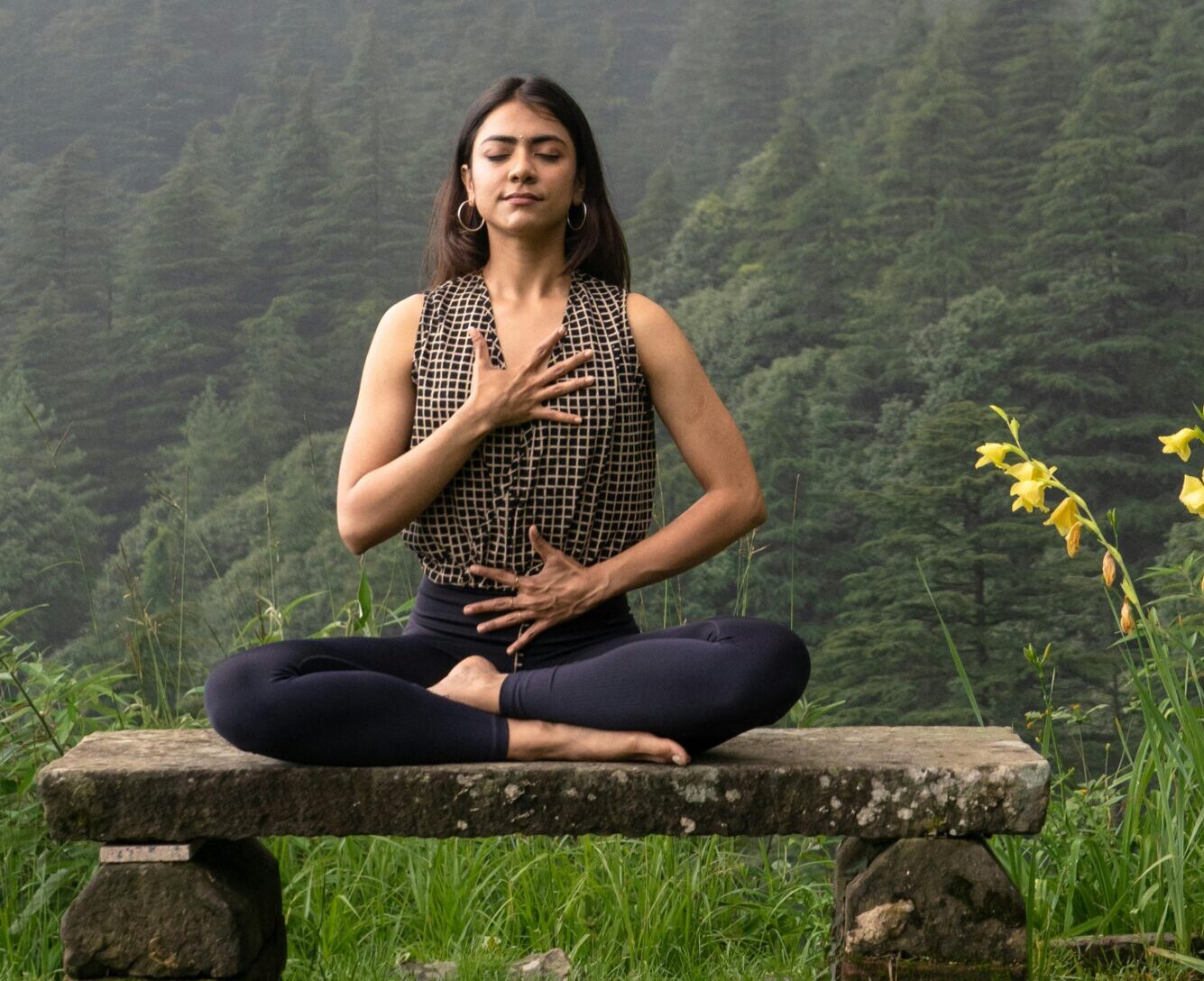Advaitism

Our Location
Mayur Vihar, New Delhi

Make a Call
7827882058

Email Us
info@advaitism.org

Mayur Vihar, New Delhi

7827882058

info@advaitism.org

In a world that often feels divided—between nations, religions, identities, and even within our own minds—there exists an ancient philosophy that whispers a simple truth: All is One. This is the essence of Advaita Vedānta, one of the most profound schools of Indian philosophy.
The word Advaita comes from Sanskrit, where “A” means “not” and “Dvaita” means “two.” Quite literally, it translates to “not two” or non-dualism. Vedānta, on the other hand, means the “end of the Vedas”—the philosophical teachings found in the concluding parts of the Vedas, particularly the Upanishads.
Together, Advaita Vedānta teaches that there is no separation between the individual self (Atman) and the ultimate reality (Brahman). What appears as many is, in truth, one.
At the heart of Advaita lies a revolutionary idea: the Self (Atman) is identical with the Absolute (Brahman).
When you truly know yourself beyond the layers of illusion, you realize that you are not separate from the universe—you are the universe.
If all is One, why do we experience separation? Advaita explains this through Maya, the power of illusion. Maya creates dualities—self and other, joy and sorrow, life and death. Just as a rope may be mistaken for a snake in dim light, we mistake the transient world as ultimate reality. Enlightenment is simply “seeing the rope as the rope.”
Advaita is not just abstract philosophy; it is a practical path of liberation (moksha). The journey often includes:
Through these steps, the seeker dissolves ignorance and realizes their true nature.
In an age of division, Advaita Vedānta offers a unifying vision: that beneath all differences, there is one shared essence. Whether you call it consciousness, energy, or divinity, it is the same truth expressed in countless forms. Living with this understanding brings compassion, peace, and freedom from fear.
Advaita Vedānta is more than a philosophy—it’s a way of seeing and being. It teaches that the ultimate truth is non-dual, indivisible, and ever-present. When we realize this, the illusion of separation falls away, and what remains is pure awareness, peace, and love.
To walk the path of Advaita is to awaken from the dream of duality into the reality of oneness.
Leave a Reply